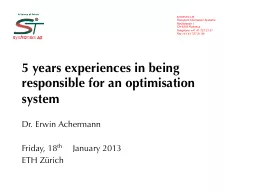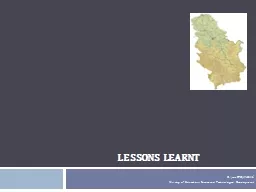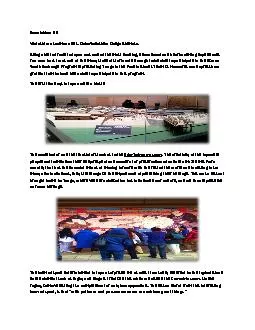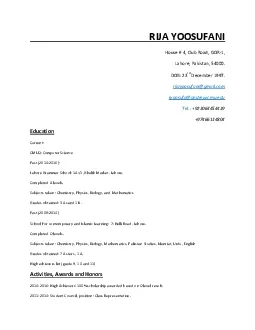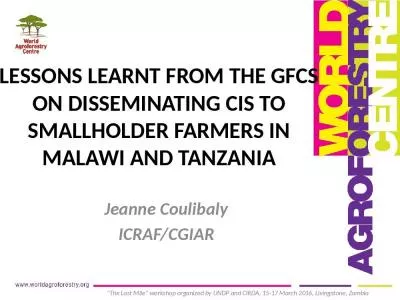PPT-Results and lessons learnt
Author : discoverfe | Published Date : 2020-08-28
from field vegetables activity cabbage Use your mouse to see tooltips or to link to more information Cabbages is one of the major field vegetable cultivated
Presentation Embed Code
Download Presentation
Download Presentation The PPT/PDF document "Results and lessons learnt" is the property of its rightful owner. Permission is granted to download and print the materials on this website for personal, non-commercial use only, and to display it on your personal computer provided you do not modify the materials and that you retain all copyright notices contained in the materials. By downloading content from our website, you accept the terms of this agreement.
Results and lessons learnt: Transcript
Download Rules Of Document
"Results and lessons learnt"The content belongs to its owner. You may download and print it for personal use, without modification, and keep all copyright notices. By downloading, you agree to these terms.
Related Documents


